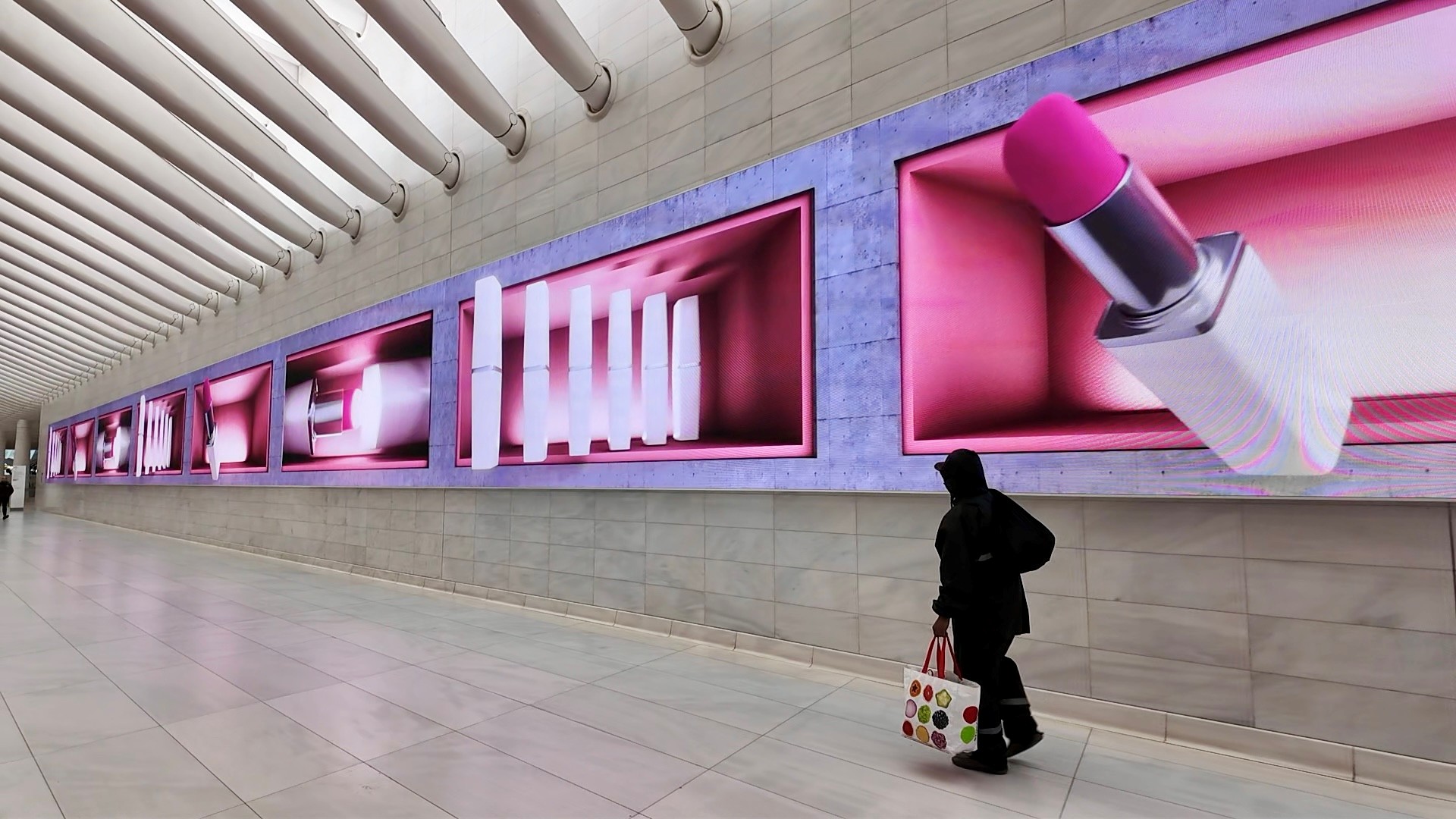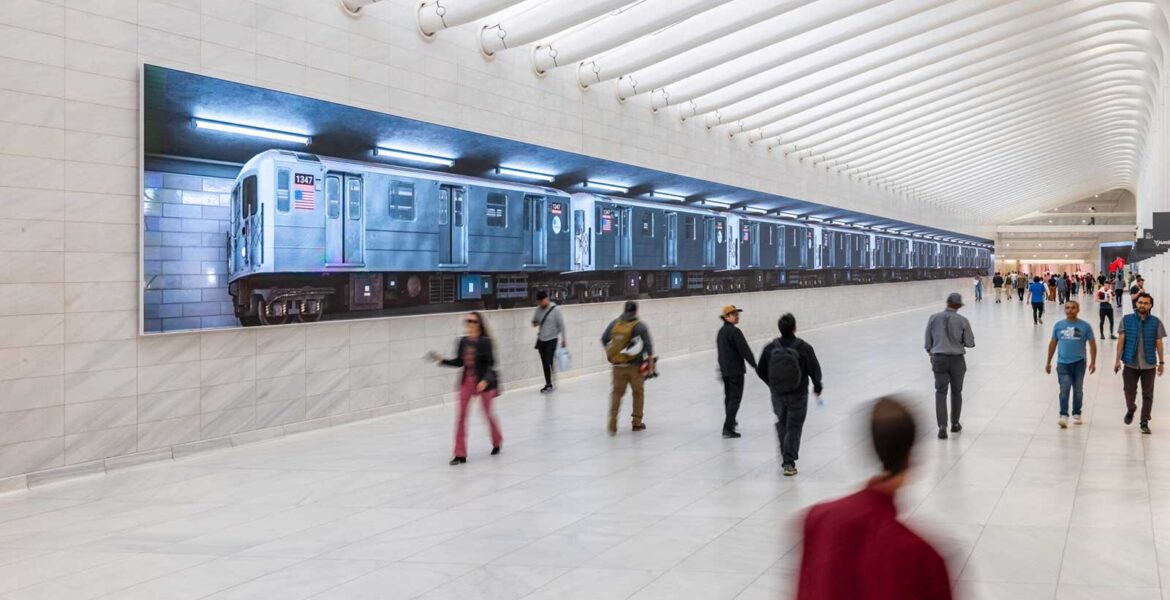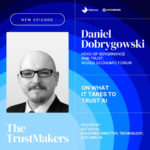By Kristen Jackman, Head of Westfield RISE US
Transit hubs have long been prime locations for brands to connect with audiences—but today’s advertising needs to go beyond static billboards and conventional messaging. The transformation of Westfield World Trade Center’s media network illustrates a new era in out-of-home advertising in transit hubs: one where technology, immersive art, and brand identity converge to create dynamic, high-impact experiences.
Investing in Adaptable Technology
The ability to scale creative execution efficiently is key to keeping transit media fresh and engaging. Brands must embrace creative technology packs—bundles of tools that help advertisers build rich, high-quality content faster and more effectively. Whether it’s 3D anamorphic storytelling, live streaming global events, or real-time API integrations, having adaptable technology in place allows brands to keep pace with consumer expectations.
Defender set a new standard as the first advertiser to showcase DeepScreen™ 3D on ‘The Hundred’ at Westfield World Trade Center. This anamorphic execution captures attention at eye level, turning everyday foot traffic into an engaged audience—a masterclass in how brands can leverage cutting-edge media to stand out in competitive spaces.
Elevating Spaces with Immersive Art
Transit hubs are more than passageways; they are cultural touchpoints. To transform the digital advertising landscape, venues must look beyond traditional messaging and create rotating immersive art experiences that add depth and intrigue to the environment.
Mercer Labs, a modern museum pushing the boundaries of technology and art, has partnered with Westfield Rise to bring interactive installations to the Oculus. These artistic moments elevate media networks beyond ads, turning the transit hub into a digital canvas that enhances the customer experience and fosters engagement.
Building Brand Equity in Iconic Screens
A recognizable landmark becomes exponentially more valuable when it has a distinct brand identity. Westfield Rise has mastered this concept with ‘The Hundred’—a 100-yard LED screen inside the Oculus—turning it into a signature media destination.
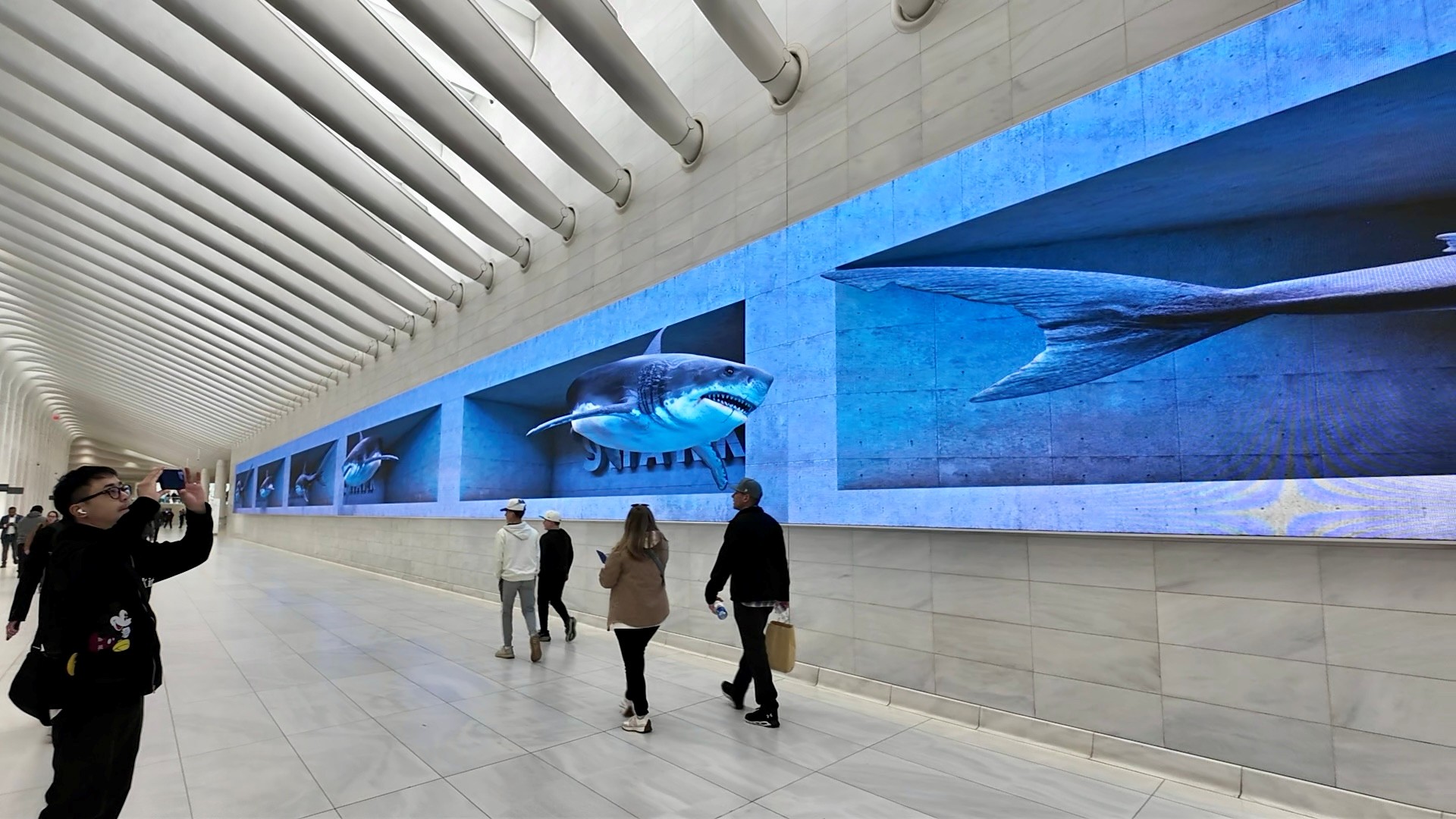 Just as stadiums and sports arenas create lasting impressions through branded experiences, advertisers who invest in shaping the identity of digital screens in transit hubs build long-term brand equity. By curating content that aligns with the screen’s persona, brands can establish deeper emotional connections with consumers.
Just as stadiums and sports arenas create lasting impressions through branded experiences, advertisers who invest in shaping the identity of digital screens in transit hubs build long-term brand equity. By curating content that aligns with the screen’s persona, brands can establish deeper emotional connections with consumers.
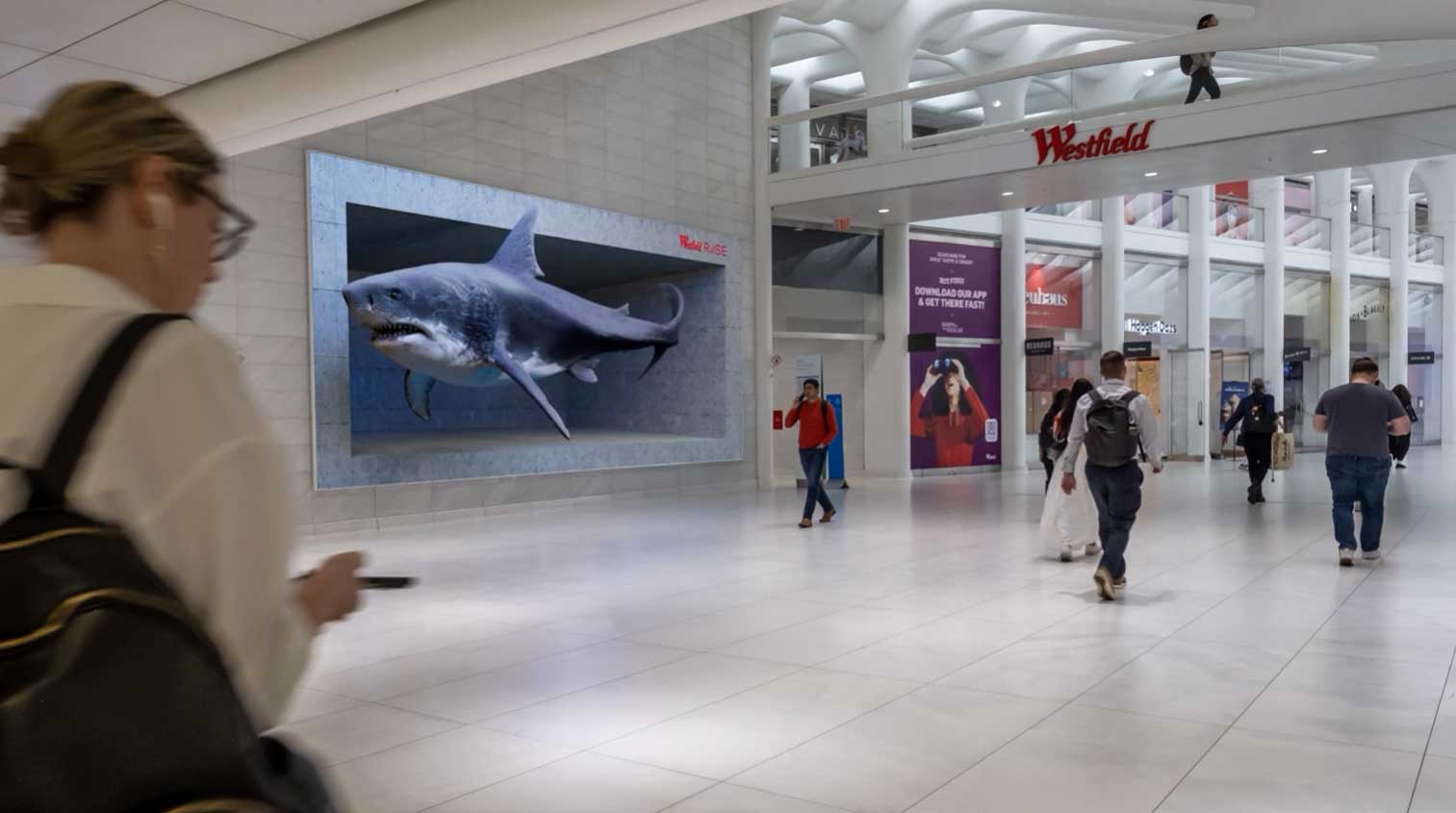
The Future of Transit Media
The evolution of transit hub media isn’t just about technology—it’s about creating holistic experiences that blend storytelling, culture, and brand innovation. As brands embrace adaptable technology, immersive art, and strategic brand-building within high-profile digital spaces, they unlock new possibilities to captivate audiences in the moments that matter most.
Transit hubs are no longer passive advertising environments—they are evolving into vibrant, immersive storytelling arenas. The brands that recognize this shift and invest in reimagining these spaces will be the ones leading the next era of out-of-home media.
